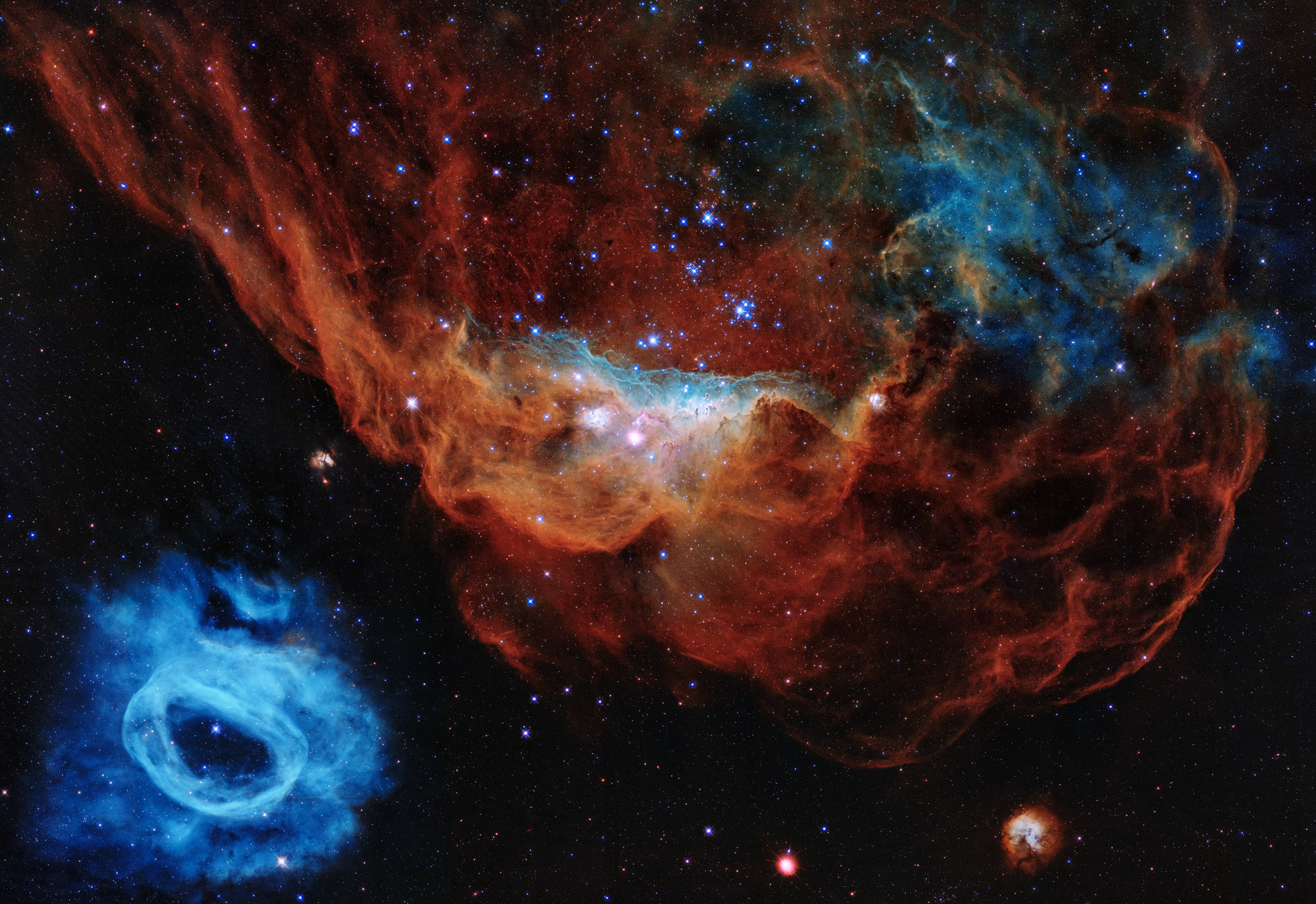

In recent years, the role of the agencies at NIFC has grown to include all types of fire management, including hazardous fuels treatments, integrated fire and land-use planning, and more. Working together, these partners provide leadership, policy oversight and coordination to manage the nation’s wildland fire programs. A Department of Defense liaison was added as a permanent partner at NIFC in 2008.

Fire Administration, and the National Weather Service. About half of the images that appear on APOD are submitted by volunteers. Past images are stored in the APOD Archive, with the first image appearing on June 16, 1995.
#NASA PICTURE OF THE DAY ARCHIVES PROFESSIONAL#
02.10.15 - In the center of this image, taken with the NASA/ESA Hubble Space Telescope, is the galaxy cluster SDSS J1038+4849 and it seems to be smiling. Each day a different image or photograph of our universe is featured, along with a brief explanation written by a professional astronomer. NIFC is home to the national fire management programs of each federal fire agency, along with partners including the National Association of State Foresters, the U.S. 02.11.15 - A dark, snaking filament hovers above the sun's lower hemisphere as captured by NASA's Solar Dynamics Observatory. Landsat, a joint program of the USGS and NASA, has been observing the Earth continuously from 1972 through the present day. These agencies manage wildland fire on nearly 700 million acres of federal public land, or one-fifth of the total land area in the United States. Department of Agriculture’s Forest Service. Fish and Wildlife Service, and the Bureau of Indian Affairs and the U.S. Even though the northern area is older than the southern region, the radiation and stellar winds from previous generations of stars has disturbed the material there, preventing it from collapsing to form the next generation.The nation’s federal wildland fire community is a large and complex organization across the Department of the Interior’s Bureau of Land Management, the National Park Service, U.S. "Next, the northern area formed, while the southern region is the youngest. "The central region is the oldest, most evolved and likely formed first," NASA officials said in a statement. In this image, astronomers discovered nine new protostars, or areas where dust and gas are collapsing to form new stars, and they were able to determine the ages of different features within the nebula. GitHub - marcusziade/apod-cli: A command-line tool to browse the NASA.


This composite image of the Swan Nebula combines data from NASA's flying telescope SOFIA (the Stratospheric Observatory for Infrared Astronomy), NASA's Spitzer Space Telescope and the European Space Agency's Herschel Space Telescope. A command-line tool to browse the NASA Astronomy Picture of the Day archive. The smoke is the grayish layer slowly sinking south clouds are bright white. This GeoColor animation shows smoke from fires in the Canadian provinces of Alberta and British Columbia blowing across North America on May 16, 2023. Thursday, January 9, 2020: The Swan Nebula, one of the biggest and brightest star forming regions in the Milky Way galaxy, only recently formed into the bird-shaped cloud we see today, new images have revealed. Image captured on May 16, 2023, by the ABI instrument aboard the GOES-East satellite. (Image credit: NASA/SOFIA/JPL-Caltech/ESA/Herschel/Lim, De Buizer, & Radomski et al.)


 0 kommentar(er)
0 kommentar(er)
